Are Coffee Mugs Microwave Safe? What’s Safe and What’s Not?
Time of issue: 2024-11-05 12:23:39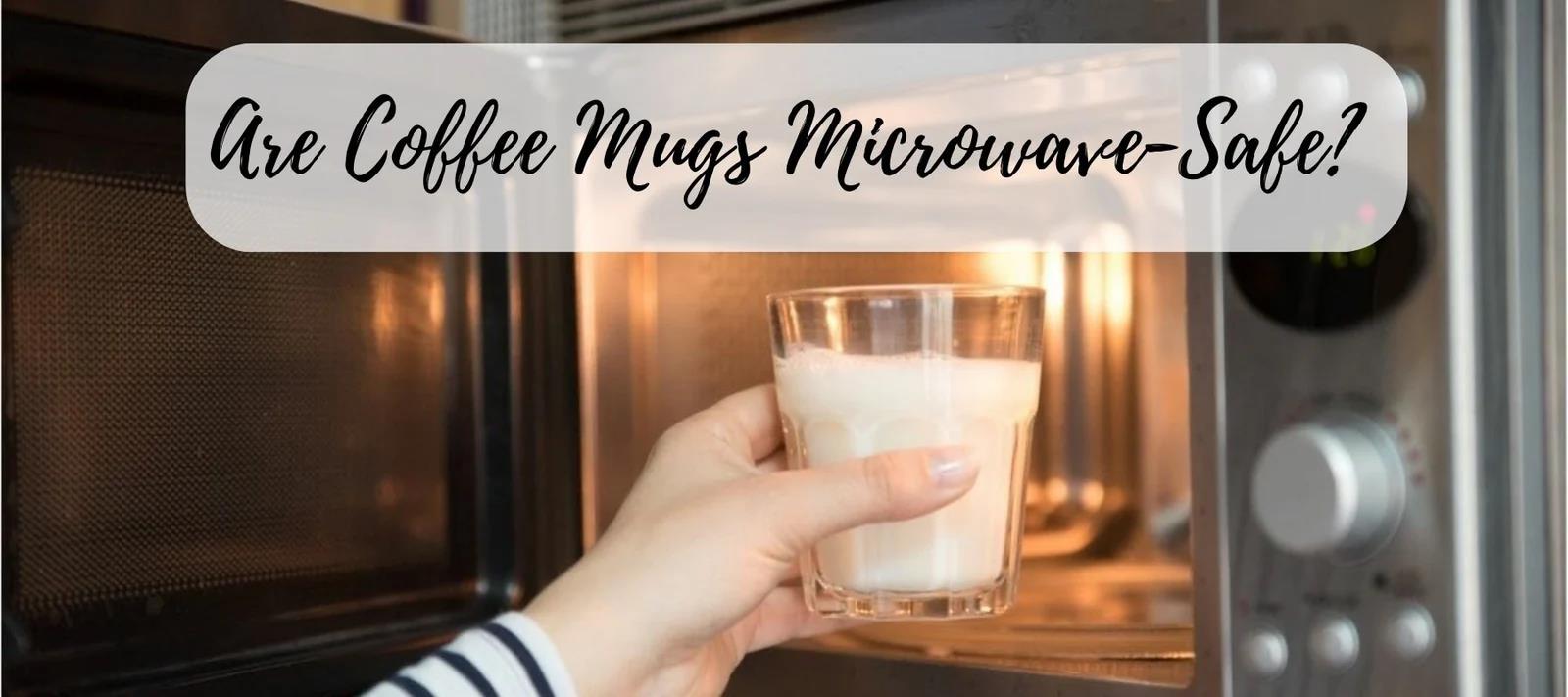
Are coffee mugs microwave safe? Yes, many coffee mugs are microwave-safe! But not all. Microwaving the wrong mug can lead to some serious spills and, in rare cases, even health risks.. Some materials, like certain ceramics, are designed to withstand the microwave’s heat, while others can become too hot to handle or even crack. It's essential to know which mugs are safe for those times you need to reheat that forgotten cup of coffee .
Materials like ceramic and glass are often microwave-safe, but always check for a label or symbol on the mug’s base. Some mugs can surprise you - even the most stylish ones might not be microwave-friendly. At Global Reach Ceramic, we’re all about ensuring you have the best experience with safe, durable ceramic products that fit perfectly into your daily routine.
So, if you’re ever in doubt, don’t hesitate to check out our range of coffee mugs designed with both safety and style in mind!
The Science Behind Microwave-Safe Ceramics
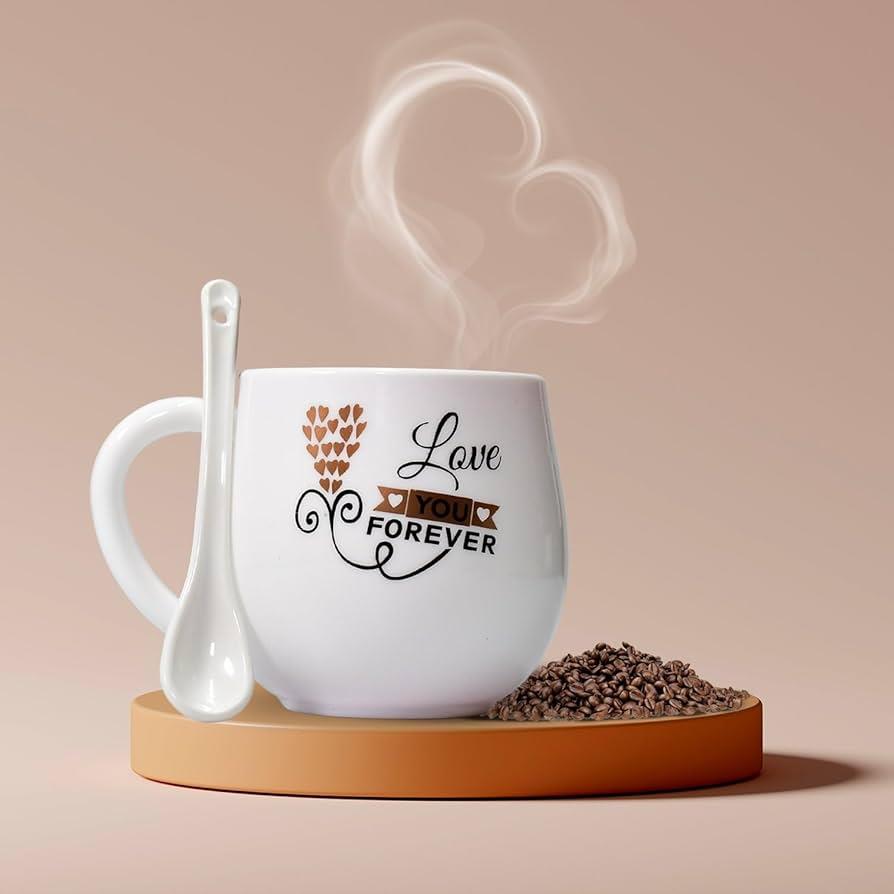
How Ceramics Are Made?
Ceramics are crafted from a unique blend of natural clay, minerals, and water, which are then molded and fired at high temperatures to create durable, heat-resistant mugs and dishes. The firing process hardens the material, giving it that lovely, smooth finish we love. But not all ceramics are created equal-different materials and glazes can affect how well they handle heat.
Most microwave-safe ceramics are coated with special glazes that prevent the mug from overheating or cracking. However, some ceramics, especially those with decorative metallic glazes, can cause a spark show in your microwave! So, when in doubt, always check the mug's label or manufacturer’s recommendations.
It’s important to understand that ceramics vary in composition. Not every “pretty” ceramic mug can take on the microwave’s heat—some can absorb too much of it, making them way too hot to handle. This brings us to an interesting question: how does heat really impact ceramics?
The Impact of Heat on Ceramics
When microwaving ceramics, the mug’s material can determine how much heat it absorbs. Certain ceramics can trap heat, which is why you might feel like you’re holding onto a mini volcano instead of your favorite coffee mug! This happens because ceramic is porous, meaning it can absorb some moisture from drinks or even the air, which then heats up in the microwave.
If a mug isn’t designed for microwave use, this trapped moisture and heat can lead to tiny fractures, causing the mug to weaken over time. This is particularly common in older or hand-painted mugs, as they often lack the sturdy glaze that newer microwave-safe mugs have.
To avoid mishaps, make sure your ceramic mugs are labeled as microwave-safe. It’s a small detail, but one that can keep both your hands and your mug safe from surprise burns!
Understanding Microwave Safety for Coffee Mugs
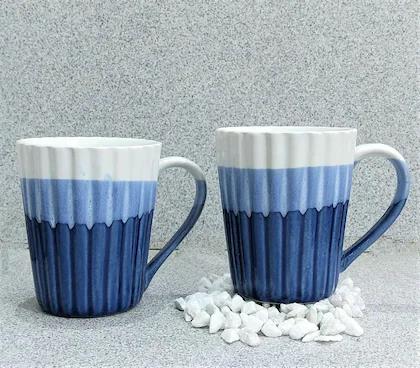
Why Some Coffee Mugs Aren’t Microwave-Safe
Not all coffee mugs are microwave-friendly, and it’s usually because of the materials they’re made from. Some mugs, especially those with metallic accents or detailed designs, contain small amounts of metal that can cause sparks or even damage the microwave. Pretty as they may be, these stylish mugs aren’t built to handle microwave heat.
You might also find that some mugs, while ceramic, have specific glazes that don’t react well to microwaving. These glazes can overheat, making the mug too hot to hold or even causing cracks.
It’s a good rule of thumb to avoid microwaving mugs with metallic paints, unusual textures, or no clear microwave-safe label. A little caution now can save you from a shattered mess and a potentially damaged microwave later!
Key Materials to Avoid in the Microwave
Beyond ceramics, certain materials are outright dangerous in the microwave. Mugs made from metal, for example, can cause sparks and even fires if microwaved. You might think stainless steel is durable enough, but in the microwave, it’s a big no-no!
Similarly, plastic mugs can pose a health risk. Some plastics can melt or release harmful chemicals when heated. If you’re unsure whether a mug is microwave-safe, it’s best to err on the side of caution. Stick to ceramics and glass with microwave-safe labels for worry-free reheating.
Remember: just because a material feels sturdy, that doesn’t mean it’s ready to handle the microwave. Materials matter, and knowing which ones to avoid can help you enjoy your coffee without the drama.
Types of Microwave-Safe Coffee Mugs
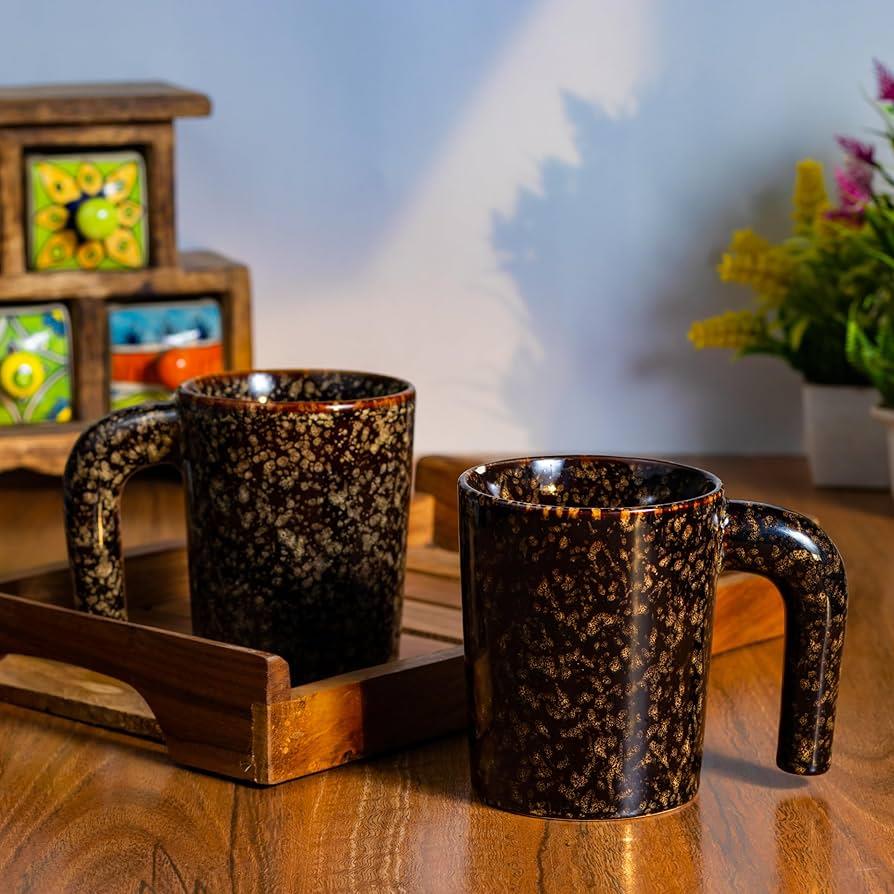
Ceramic Mugs: Are All Ceramic Mugs Microwave-Safe?
Ceramic mugs are popular and generally safe to microwave, but it’s not a one-size-fits-all rule. Some ceramic mugs are designed with special glazes or paints that can’t take microwave heat. For example, mugs with metallic paints or intricate designs may be beautiful, but they might also spark trouble in your microwave!
The good news is that most modern ceramic mugs are made with microwaving in mind. If you see a label indicating that the mug is microwave-safe, you’re good to go. For any unlabeled mugs, use the quick water test mentioned earlier to double-check.
At Global Reach Ceramic, we pride ourselves on making safe, stylish, and reliable ceramic mugs that stand up to microwave use. So, you can sip, reheat, and repeat with confidence!
Glass Mugs: A Microwave-Friendly Option?
Glass mugs can be a great option for microwave use. Glass doesn’t absorb heat like ceramics can, which means your mug stays cooler while your coffee warms up. However, not all glass is created equal. If the glass mug is too thin or not labeled as microwave-safe, it could crack under sudden temperature changes.
Tempered glass or borosilicate glass is ideal for microwaving, as it’s designed to withstand high temperatures. So, when choosing a glass mug for your coffee, look for labels or opt for heat-resistant types that promise durability.
Plastic and Metal Mugs: The Risks of Microwaving Non-Ceramic Cups
Plastic and metal are common materials for mugs, but they’re often best kept out of the microwave. Metal mugs can cause dangerous sparks, and plastic can melt or release harmful chemicals when heated. Even if your plastic mug seems thick and durable, it might not handle microwave heat well, so it’s best to check for a microwave-safe symbol.
Many travel mugs are metal or lined with metal, making them great for heat retention but terrible for microwaving. If you’re unsure about a plastic or metal mug’s safety, keep it out of the microwave to avoid any risks.
How to Tell if Your Coffee Mug is Microwave-Safe
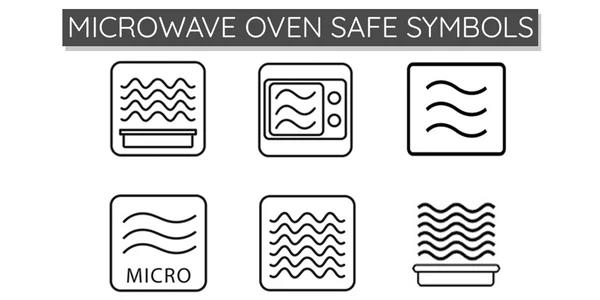
Check for Labels and Symbols on Your Mug
Many mugs now come with labels or symbols on the bottom, indicating whether they’re safe for the microwave. Look for phrases like "microwave-safe" or symbols of a microwave icon. These markings help eliminate the guesswork, letting you know immediately if the mug can withstand microwave heat.
If your mug doesn’t have any label, it might still be safe for the microwave, but it’s always a good idea to check the manufacturer’s details if possible. If you can’t find information online or from the manufacturer, keep reading for a simple home test you can try.
Simple Tests to Identify Microwave Safety at Home
When you’re unsure about a mug’s safety, try this easy test: fill the mug with water and microwave it for about 30 seconds. When the timer goes off, check if the mug is hot. If the water is warm but the mug is cool, it’s likely safe for microwave use. But if the mug itself feels hot, it may not be microwave-safe.
This test can help you spot mugs that might overheat or even crack in the microwave. While it’s not foolproof, it’s a quick, practical method that can save you from surprises!
Common Myths About Microwaving Coffee Mugs
Can Microwaving Cause Your Mug to Shatter?
One common fear is that a mug will suddenly shatter in the microwave. While this is rare, it can happen with certain materials or old, weakened mugs. When a mug isn’t designed for high heat, it can expand too quickly and crack. This is especially true for older mugs that have tiny fractures or wear.
Newer, microwave-safe mugs are made to withstand such heat, but if you’ve got a vintage mug you love, it’s best to avoid microwaving it just in case. When in doubt, choose a sturdy, microwave-friendly option.
The Truth About Heating Mugs with Metallic Accents
Mugs with metallic accents - whether it’s gold trim or a stylish silver design—are generally unsafe for microwaving. The metal can cause sparks, leading to a potentially dangerous situation in the microwave. Even a small amount of metallic paint can create a hazard.
If you’re ever tempted to microwave one of these mugs, think twice! It’s better to pour your coffee into a different, microwave-safe mug than risk damaging both your favorite mug and your microwave.
Practical Tips for Using Coffee Mugs in the Microwave
How to Prevent Overheating and Burns
Microwaves heat liquid unevenly, meaning that the center of your coffee could be boiling hot while the edges are cooler. Stirring your drink after microwaving can help distribute the heat evenly, reducing the risk of burns when you take that first sip. It’s a small step, but it can save you from a surprise burn!
To further avoid overheating, don’t microwave your coffee for too long. Start with 30-second intervals and check the temperature to find the perfect heat level for you.
Safely Removing a Hot Coffee Mug from the Microwave
After microwaving, mugs can get hot—especially ceramic ones. Always use a potholder or a thick cloth to handle the mug safely. Even if the outside feels cool, the liquid inside could still be scalding. Let it sit for a few seconds if it’s too hot to touch.
For added safety, avoid handling the mug by the body and use the handle instead. By following these simple tips, you’ll avoid spills and burns while enjoying your coffee.
Final Thought :
In conclusion, are coffee mugs microwave safe? The answer depends on the type of mug you have. While most ceramic and glass mugs are generally microwave-friendly, some materials, such as metal or certain glazes, aren’t designed to withstand the microwave’s heat. Always check for labels, test if needed, and choose mugs made specifically for safe microwaving.
At Global Reach Ceramic, we’re dedicated to providing high-quality, stylish, and microwave-safe coffee mugs you can rely on daily. Our mugs are crafted to meet safety standards without sacrificing design, so you can enjoy a worry-free, convenient coffee experience every time.
Ready to upgrade your mug collection with microwave-safe options? Or do you have a favorite mug you’re wondering about? Let us know in the comments-we’d love to hear your thoughts and experiences!
RECENT POSTS
- The Benefits of Wholesale High-Quality Ceramic Products for Retailers
2025-12-17
- Can You Make an Ashtray with Air Dry Clay? Pros, Cons, and Safer Alternatives
2025-12-17
- The Impact of Ceramic Materials in Energy-Efficient Buildings: Benefits and Applications
2025-12-04
- Top 7 Ceramic Cookware Health Benefits: Why It’s a Safer Choice for Your Kitchen
2025-12-04
- How to Clean Ceramic Planters and Improve Their Lifespan?
2025-11-17
- 15 Best Ceramic Holiday Gift Ideas for 2025: Thoughtful, Elegant & Heartfelt
2025-11-17
- Stoneware vs Porcelain vs Earthenware: Quick Decision Guide
2025-10-09
- Are Ceramic Glazes Food Safe? The Truth Behind the Shine
2025-10-09










